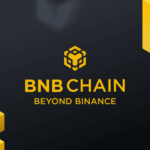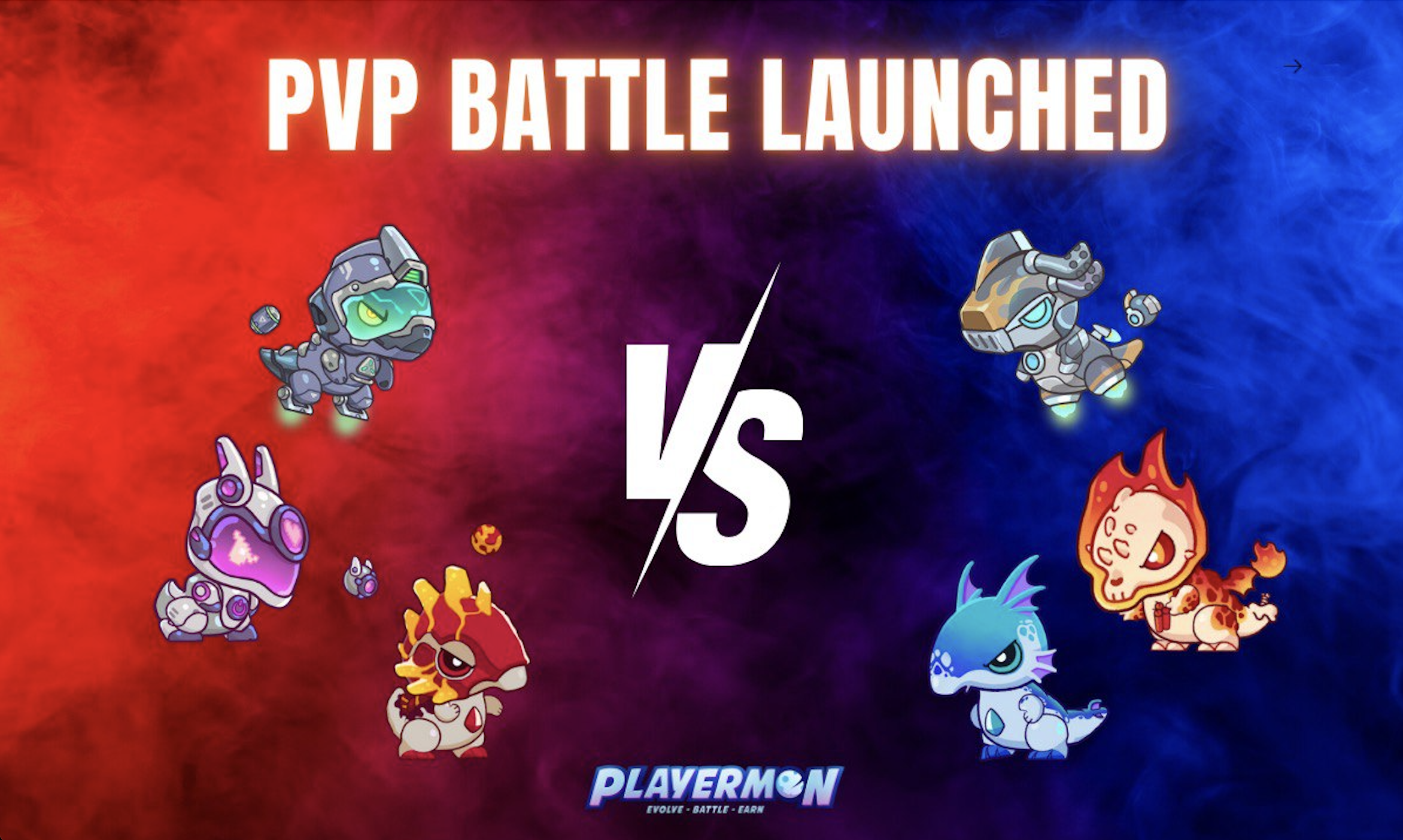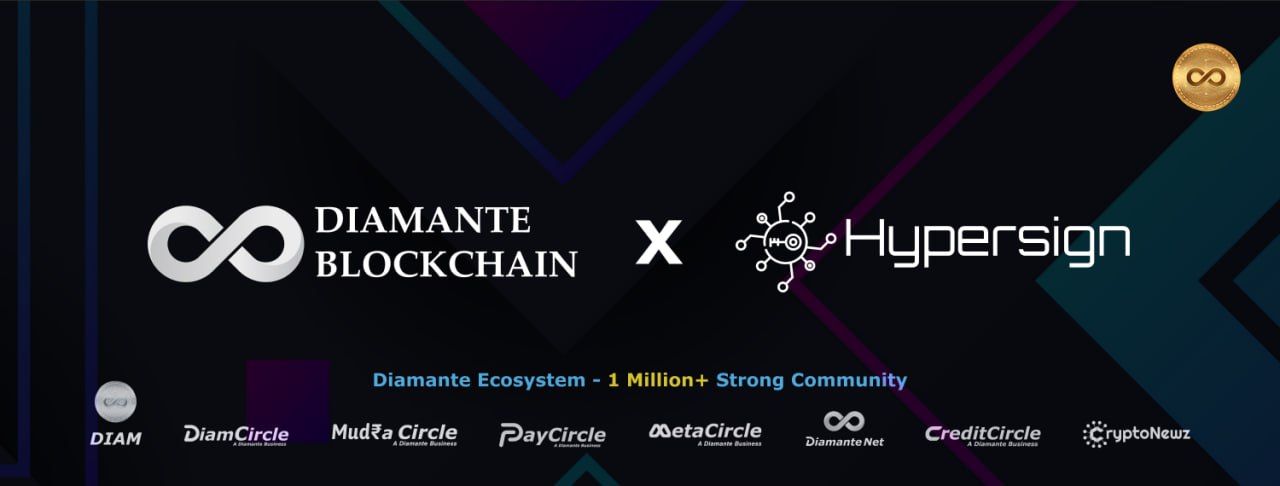
Technical Challenges in Building Cross-Chain Bridges
- Antwan Koss
- June 19, 2023
- Defi
- Bridges, Cross-chain, defi
- 0 Comments
Introduction
In the rapidly evolving world of blockchain technology, the concept of cross-chain bridges has gained significant attention. Cross-chain bridges aim to enable interoperability between different blockchain networks, allowing seamless communication and transfer of assets. However, the development of these bridges poses several technical challenges that need to be addressed for successful implementation. This article explores the complexities involved in building cross-chain bridges and delves into the various technical hurdles that developers face in achieving interoperability.
Understanding Cross-Chain Bridges
Before diving into the technical challenges, let’s first understand the concept of cross-chain bridges. In simple terms, a cross-chain bridge is a mechanism that facilitates the transfer of digital assets between two or more blockchain networks that operate on different protocols. It acts as a bridge, connecting these disparate networks and enabling seamless communication and asset transfer across them.
Cross-chain bridges play a crucial role in achieving interoperability, which is essential for the growth and widespread adoption of blockchain technology. They allow users to access and utilize assets from different blockchain networks, opening up a world of possibilities for decentralized applications, decentralized finance (DeFi), and other blockchain-based services.
Technical Challenges in Building Cross-Chain Bridges

Building cross-chain bridges is a complex task that requires overcoming several technical challenges. Let’s explore some of the key hurdles that developers face in achieving interoperability:
1. Consensus Mechanisms and Protocol Compatibility
One of the fundamental challenges in building cross-chain bridges is the compatibility of consensus mechanisms and protocols. Different blockchain networks often employ different consensus algorithms, such as Proof of Work (PoW), Proof of Stake (PoS), or Delegated Proof of Stake (DPoS). These consensus mechanisms have their unique characteristics and requirements, making it challenging to establish a consensus between them.
Developers need to design and implement innovative solutions to bridge the gap between diverse consensus mechanisms. This involves developing compatibility layers, protocol converters, or sidechains that can facilitate communication and asset transfers while maintaining the integrity and security of both networks.
2. Smart Contract Interoperability
Smart contracts are the backbone of decentralized applications and play a vital role in cross-chain interoperability. However, achieving smart contract interoperability is a complex task due to the differences in programming languages, virtual machines, and execution environments used by different blockchain networks.
Developers need to find ways to enable seamless execution and interaction of smart contracts across multiple chains. This involves developing cross-chain compatible programming languages, standardizing virtual machine specifications, and creating secure execution environments that can interpret and execute smart contracts from different blockchain networks.
3. Addressing Scalability and Throughput
Scalability and throughput are critical factors in achieving efficient cross-chain communication. As blockchain networks grow in size and user base, the volume of transactions and data being transferred between chains increases exponentially. This can lead to congestion and delays, hampering the overall performance of cross-chain bridges.
To address this challenge, developers need to implement innovative scaling solutions such as sharding, state channels, or layer 2 protocols. These techniques help distribute the workload and increase the overall throughput of cross-chain communication, ensuring efficient and timely asset transfers between networks.
4. Security and Trust
Maintaining security and trust in cross-chain bridges is of utmost importance. When assets are transferred between different blockchain networks, it is crucial to ensure that they are not vulnerable to attacks or manipulation.
Developers need to implement robust security measures, including cryptographic techniques, multi-signature schemes, and secure communication protocols. Additionally, establishing trust between different blockchain networks is essential to prevent malicious actors from compromising the integrity of the cross-chain bridges. This can be achieved through reputation systems, consensus among validators, or cross-chain audits.
5. Governance and Standardization
Effective governance and standardization are crucial for the successful implementation of cross-chain bridges. As multiple blockchain networks come together to enable interoperability, there needs to be a well-defined governance framework that governs the decision-making process and resolves disputes.
Standardization plays a vital role in ensuring compatibility and ease of integration between different networks. Developers need to collaborate and establish common standards for cross-chain communication, asset representations, and transaction formats. This helps reduce complexity and promotes seamless interoperability between blockchain networks.
Cross-Chain Bridge Architecture
The architecture of cross-chain bridges plays a crucial role in achieving interoperability. It involves the design and implementation of various components that enable seamless communication and asset transfer between blockchain networks. The architecture typically includes the following key elements:
- Bridge Validators: These are the entities responsible for validating and verifying transactions between different chains. Bridge validators ensure the integrity and security of asset transfers and play a crucial role in maintaining consensus.
- Asset Locking Mechanism: To transfer assets from one chain to another, a locking mechanism is used. This mechanism locks the assets on the source chain while generating a representation of these assets on the destination chain.
- Decentralized Oracles: Cross-chain bridges often rely on decentralized oracles to obtain external data or information from off-chain sources. Oracles provide reliable and verified data to facilitate the execution of smart contracts and enable interactions between different blockchain networks.
- Bridge Contracts: Bridge contracts act as the interface between different chains, facilitating the communication and execution of cross-chain transactions. These contracts validate and execute transactions based on predefined rules and conditions, ensuring the smooth flow of assets between networks.
Interoperability Standards
Interoperability standards play a crucial role in achieving seamless communication and asset transfer between blockchain networks. These standards define common protocols, formats, and interfaces that enable different chains to understand and interact with each other. Some of the key interoperability standards being developed and adopted in the industry include:
- Polkadot: Polkadot is a multi-chain platform that aims to provide interoperability between different blockchains. It introduces a relay chain that connects multiple parachains, enabling cross-chain communication and asset transfers.
- Cosmos: Cosmos is another project that focuses on interoperability. It introduces the concept of “zones” and “hubs,” where each zone represents a separate blockchain network, and the hub acts as the central chain that facilitates communication between zones.
- Interledger Protocol (ILP): ILP is an open protocol suite that enables interoperability between different ledgers, including both blockchain and traditional financial systems. It provides a standardized way to route payments and value transfers across various networks.
These interoperability standards are designed to promote compatibility, ease of integration, and seamless communication between different blockchain networks, ultimately driving the widespread adoption of cross-chain bridges.
Overcoming Regulatory Challenges
Apart from technical hurdles, cross-chain bridges also face regulatory challenges. The evolving regulatory landscape surrounding cryptocurrencies and blockchain technology can create legal complexities for cross-chain communication and asset transfers. Different jurisdictions may have varying regulations and requirements, making it essential to navigate the legal landscape carefully.
To overcome these challenges, industry participants and regulators need to collaborate and establish clear guidelines and frameworks for cross-chain interoperability. Regulatory sandboxes, industry consortia, and proactive engagement with regulators can help foster an environment that promotes innovation while addressing potential concerns related to security, privacy, and compliance.
Real-World Use Cases of Cross-Chain Bridges
Cross-chain bridges have the potential to revolutionize various industries and unlock new possibilities for decentralized applications. Some real-world use cases of cross-chain bridges include:
- DeFi Interoperability: Cross-chain bridges enable the seamless transfer of assets between different decentralized finance (DeFi) protocols and platforms. This allows users to access a wide range of financial services and liquidity pools across multiple chains, enhancing the efficiency and accessibility of DeFi applications.
- Asset Tokenization: Cross-chain bridges can facilitate the tokenization of real-world assets such as real estate, artwork, or commodities. By bridging different blockchain networks, these assets can be represented and traded in a decentralized manner, unlocking liquidity and creating new investment opportunities.
- Supply Chain Management: Cross-chain bridges can enhance transparency and traceability in supply chains by enabling the seamless transfer of data and assets between different blockchain networks. This ensures the integrity of information and facilitates secure and efficient coordination among various stakeholders.
Future Outlook and Challenges
The future of cross-chain bridges looks promising, with ongoing research and development efforts focused on addressing the technical challenges and expanding the capabilities of interoperability. However, several challenges still need to be overcome:
- Scalability: As the number of blockchain networks and users grows, scalability remains a significant challenge. Scaling solutions such as layer 2 protocols and sidechains need to be further developed and adopted to ensure efficient and scalable cross-chain communication.
- Usability: The user experience of cross-chain bridges needs to be intuitive and user-friendly. Improvements in wallet integration, transaction confirmation times, and fee structures are necessary to make cross-chain interactions seamless and accessible to non-technical users.
- Security and Trust: Maintaining security and trust in cross-chain bridges is an ongoing challenge. Robust security measures, continuous audits, and collaboration among developers and security experts are crucial to mitigating risks and vulnerabilities.
Conclusion
In conclusion, building cross-chain bridges to achieve interoperability is a complex endeavor that involves technical, regulatory, and usability challenges. However, with continued innovation, standardization, and collaborative efforts, the industry is moving closer to realizing the vision of seamless communication and asset transfer between different blockchain networks.





